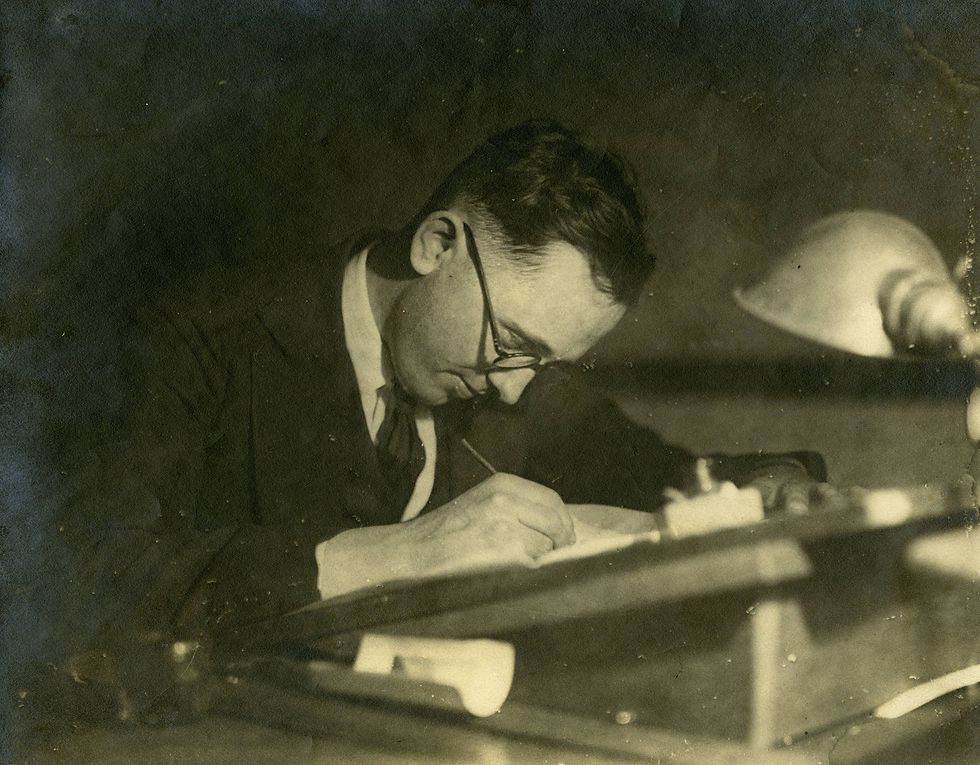Introduction to Collecting & Reselling Ham Radio-QSL Postcards
- Jason Kleinhenz
- Jan 17
- 2 min read
Ham Radio postcards are generally overlooked in the Postcard Reselling world. However, I have developed an interest in selling them over the past year. In this article you will find background information on this niche and sometimes lucrative genre of postcards.
Ham radio, also known as amateur radio, is a fascinating world of communication that has been connecting people across the globe for nearly a century. It began in the early 20th century as a hobby for people experimenting with wireless technology. Enthusiasts, known as "hams”, use radio frequencies to chat, and even provide emergency communications during disasters. Unlike commercial broadcasters, ham radio operators are licensed individuals who explore the art and science of radio for personal enjoyment, technical skill, and public service. With its rich history and role in advancing communication technology, ham radio remains a vibrant and rewarding hobby for millions worldwide.
Ham radio operators are licensed by the government and are assigned unique call signs, which identify them during communication. These signs are often found on ham radio postcards themselves. Within the ham radio community, they are referred to as QSL cards, this is especially important to include when reselling these cards on eBay. Oftentimes, hams would create and design postcards for their specific sign.
QSL Cards
A QSL card is a physical or electronic confirmation of a radio contact between two amateur radio operators. The term "QSL" comes from Q-codes, which are shorthand used in radio communication, where "QSL" means "Can you confirm receipt?" or "I confirm receipt."
Purpose of QSL Cards
Proof of Contact: Some hams collect QSL cards to confirm long-distance (DX) or rare-location contacts.
Awards and Achievements: Many amateur radio awards, such as the "Worked All States" or "DX Century Club," require proof of contact using QSL cards.
Collecting and Friendship: QSL cards are often treated as postcards, exchanged for fun and to foster connections.
Design of QSL Cards
QSL cards usually include:
The sender's call sign and location.
Date, time, and frequency of the contact.
Mode of communication (e.g., voice, CW/morse code, digital).
Signal report (how well the transmission was received).
Personalized messages or imagery, often depicting the operator’s country, city, or ham radio setup.
What to look for when reselling QSL Postcards
The older, the better! Generally older QSL cards from the 1920s have the best resell.
Radio Broadcast Stations are usually better for resale as well. It seems they have a broader appeal and are more collectible.
Recent Examples of What Sold:






Comments